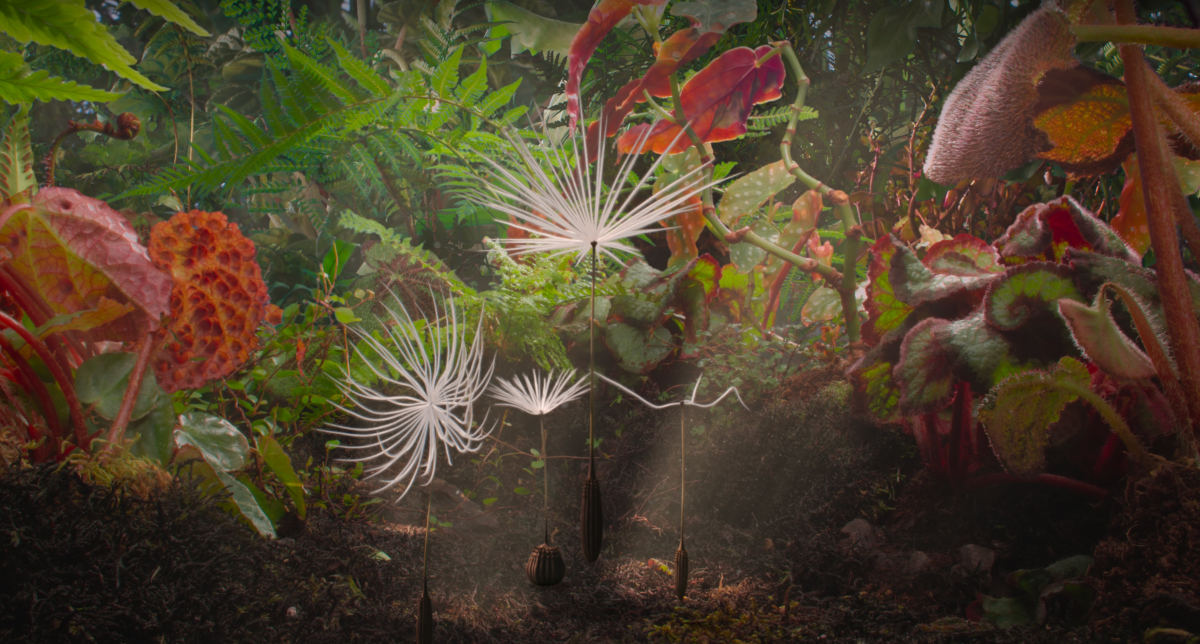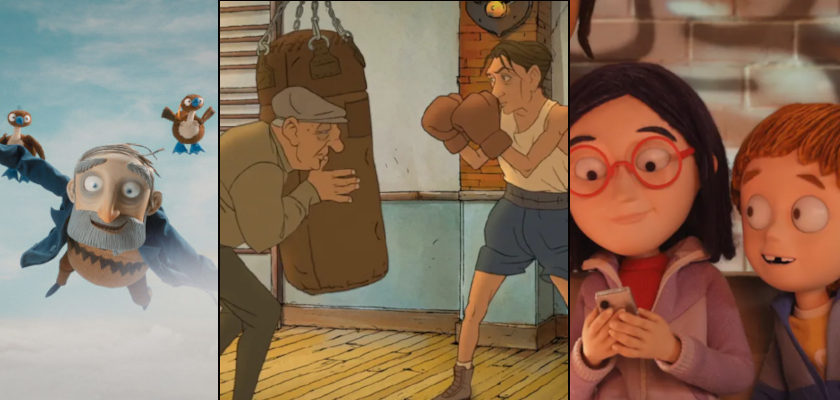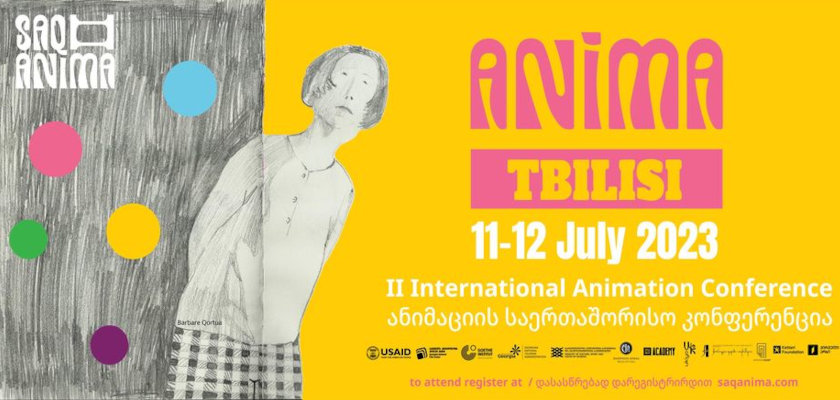Dandelion's Odyssey (Planètes) by Momoko Seto: Film Review

The experimental animation film ‘Dandelion’s Odyssey’, directed by Momoko Seto, who is most known for her Planets series, ('Planet A' [2008], 'Planet Z' [2011], and 'Planet ∑' [2014]) and for her work with CNRS (the French National Centre for Scientific Research), will have its premiere during Cannes’ Critics’ week.
The French/Belgian film was produced by Miyu Productions and Ecce Film (Belgium), and co-produced by Umedia Productions, Arte France Cinema, and CNRS. Shot over two and a half years in Iceland, Japan, and France and containing 260 days of time-lapse photography, the feature film (at 75 minutes long) is a remarkable technical achievement.
The opening shot of ‘Dandelion’s Odyssey’ is a galaxy, containing stars and nebulae, backed by a soundtrack reminiscent of sci-fi blockbusters, signifying the grandiosity of the cosmos. The shot eventually pans out, however, and the galaxy reveals itself to simply be a cluster of seeds on a single dandelion.
As with the films in her Planets series, in ‘Dandelion’s Odyssey’, Seto manipulates time and scale to offer new perspectives on the small and seemingly inconsequential—We are faced with the stark reality of the unfathomable scale of the world in which we live, and the presence of all life within it.
Using a blend of techniques like time-lapse, live action, and 3D, Seto’s approach to animation makes the visible invisible, and the obscure tangible. The audience is put on the same level with small-scale flora and fauna, and the inner workings of their lives are laid out before us.
Drifting away from the more experimental and scientific feel of the films in the Planets series, 'Dandelion’s Odyssey' focuses more on story and utilizes anthropomorphism more. With these tools, Seto tells a very recognisable tale, one that on its surface seems distinctly human—a tale of survival and persistence.
Watch a 'Dandelion's Odyssey' excerpt:
The four central characters, dandelion seeds (or achenes) named Dendelion, Baraban, Léonto, and Taraxa, are forced out of their homes by a disaster. They must work together to navigate strange and dangerous environs, such as an icy tundra or a dry desert, and face numerous challenges to find a new place to call home.
Without any dialogue to guide us through this journey, the sound design of the film plays an important role in setting the tone of the film. The music, composed by Nicolas Becker and Quentin Sirjacq enhances the feel of each world the achenes visit, through the use of a wide and eclectic range of instruments like a Javanese gamelan, or a baroque flute.
‘Dandelion’s Odyssey’, with its story arc and emotional beats, could be seen as a little more generic in its approach to narrative, but perhaps this enhances the underlying message of the film, which is the connections shared between all forms of life. Though their gestures and vocalizations are easy to interpret, their emotions recognisable, the achenes are still other—nearly microscopic in comparison to us, with no features that can be likened to ours. Not a typical choice for a character with whom an audience must empathise.
Following their story and connecting to them, however, reminds us that the need to persist does not solely belong to humanity. Dandelion seeds, like us, want to live and grow. Life can often be ambivalent to the life around it. A side effect of one species’ survival can often be the destruction of another. A few of the obstacles faced by our main characters are other beings, working towards the same goal as them—to survive, to exist. Yet their means of doing so present a real danger to the achenes.
With this film, Seto calls for understanding of and empathy for even the most minuscule of beings. If we can connect with an achene and its story, perhaps we can find a way to survive that is less destructive to life around us.
The achenes are initially singular beings. But by the film’s ending, we understand that within each achene is the promise of a new flower, and within that flower are many more seeds, an infinite galaxy of lives. Through Seto’s masterful control over scale and time, ‘Dandelion’s Odyssey’ enables us to comprehend the depth, dramas, and multitudes contained within each creature we share this planet with.
'Dandelion's Odyssey' world remiered at the 2025 Cannes Film Festival (Critics' Week).
contributed by: Sophia Bazalgette









